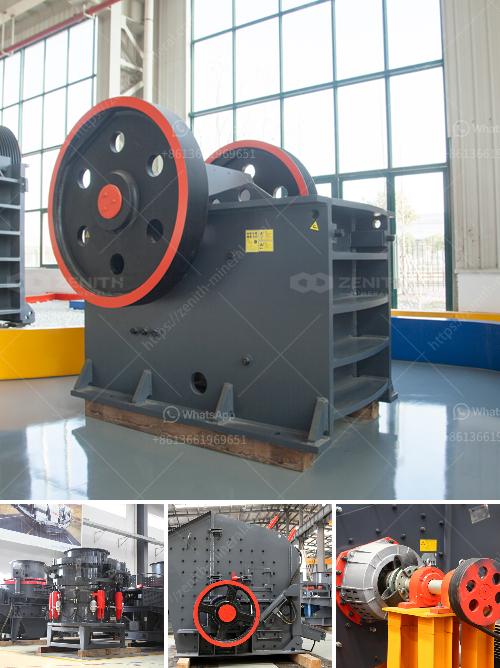The cone crusher is known as a gyratory crusher primarily due to its design and functional similarities with the gyratory crusher. Both types of crushers utilize a conical, gyrating motion to crush materials between a stationary outer surface and a moving inner cone or head. Here are key reasons for this association:
Movement Mechanism: Both crushers rely on a gyratory movement. In a cone crusher, the crushing head in the form of a truncated cone oscillates, whereas in a gyratory crusher, the entire assembly moves in a gyratory motion.
Crushing Principle: In both crushers, the principle of compression is used. The material is crushed when it is caught and squeezed between the outer surface (concave) and the inner moving surface (mantle).
Similar Structure: Both the cone crusher and the gyratory crusher have a similar design with a cone-shaped crushing equipment that gyrates within a crushing chamber.
Application: Both types are generally used in the secondary or tertiary stage of crushing, where finer materials are produced.
Despite their similarities, there are some differences in terms of the specific design and operational conditions. For example, cone crushers are often smaller and used for secondary crushing, while gyratory crushers are used for primary crushing of large, hard materials.
